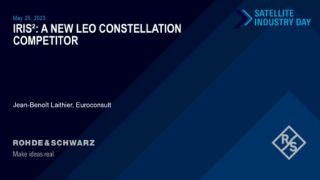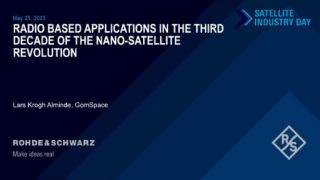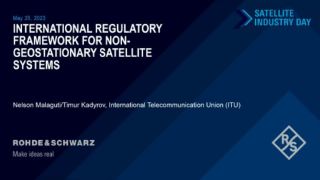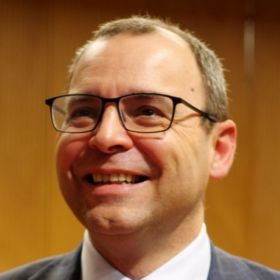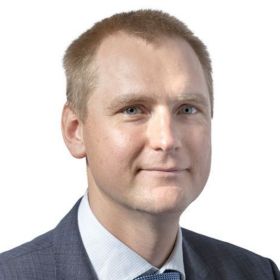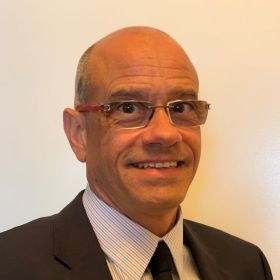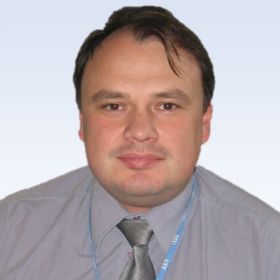Unlocking the Future of Satellite Communications in Europe with IRIS²
In this session we discuss the latest developments in the Infrastructure for Resilience, Interconnection & Security by Satellite (IRIS2) project: the European Commission’s quest for reliable, secure satellite communications.
We explore the efforts to establish the European Protected Waveform (EPW) for agile, secure, affordable and interoperable satellite communications. We also dive into a European industry initiative for developing and launching nano- and micro-satellites. And that’s not all - two ITU representatives provide valuable insight into the complex international regulatory framework for non-geostationary satellite systems. With the international coordination that is required to bring non-geostationary satellite constellations into orbit, this is an important topic that should not be missed
Watch the on-demand videos and find out:
- The innovations of nano-satellites demonstrated in orbit
- Artificial intelligence and the continued miniaturization of satellite technology
- The European Protected Waveform (EPW) and other EU initiatives
- Infrastructure for Resilience, Interconnection & Security by Satellite (IRIS2), a multi-orbital communication infrastructure that will bring connectivity to both governmental and commercial users





